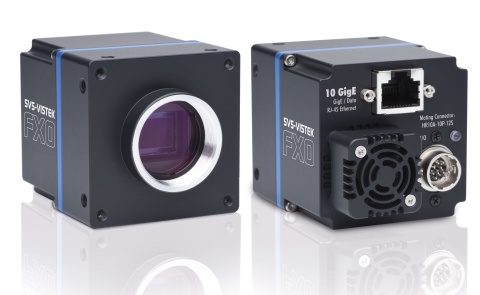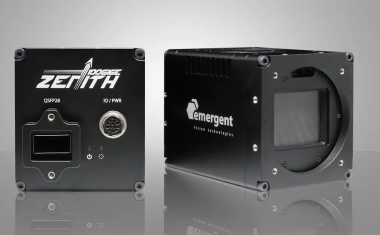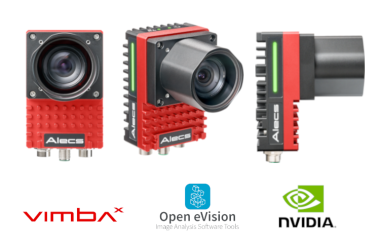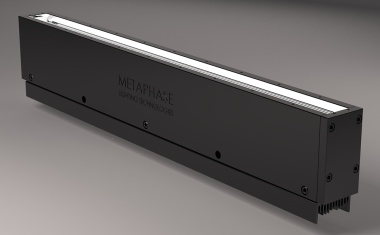Beyond Visible Cameras Expand the Usable Range of Light

The cameras use Sony's SWIR, UV and Polarised CMOS sensors and detect defects that escape conventional cameras or the human eye. They are based on Mikrotron's EXO and FXO series platforms, and are housed in robust aluminium enclosures. Standard features of the cameras include: Region of Interest (ROI), Logic Trigger Functions (PLC) with programmable timers, GenTL, sequencers and logic functions, and TTL-24V optical and electrical inputs.
The Beyond Visible cameras are available in three sensor versions:
SWIR cameras
Offered in CoaXPress-12 and 10GigE models, Beyond Visible SWIR cameras incorporate the Sony Senswir sensor, which offers spectral sensitivity from 400nm VIS (visible) to 1700nm SWIR (invisible) along with high quantum efficiency. The camera can be used for multiple ranges of the light spectrum at resolutions up to 1280 x 1024 (1.3 megapixels) at 259 fps.
UV sensor cameras
Due to their Sony Pregius UV 2/3 inch CMOS sensor, Beyond Visible UV cameras detect defects outside the visible light spectrum in the ultraviolet range from 200 to 400 nm. The cameras are available with CoaXPress-12 and 10GigE interfaces and offer resolutions of up to 2840 x 2840 (8.1 megapixels) and frame rates of 193 fps.
Polarised cameras
Equipped with a low-noise Sony Polarsens CMOS sensor, these cameras measure the polarisation characteristics of light that are imperceptible to the human eye. Resolutions up to 2448 x 2048 (8.1 megapixels) can be realised at frame rates of 43 fps via GigE or USB3 Vision interfaces.











